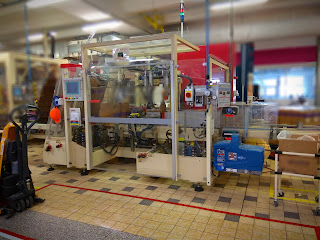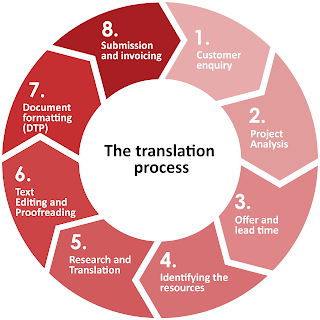Translation in the army : a new interest in machine translation

Translation in the army : a new interest in machine translation Aug 7, 2015 - Spc. Tara Morrison (left) and Pfc. Brian Hollenbeck, both with Headquarters Support Company, U.S. Army Africa, test the SQ.410 Translation System in Vicenza, Italy. In recent years, machine translation has aroused major interest within the army. In France, this interest is all the more important as military intelligence has just embarked on a new strategy of using "Big Data", i. e. information available on the Web and social networks, and analysing it, also taking into account information collected by drone, satellite or wire tapping. For this reason, in 2019, military intelligence started using Systran, a machine translation software. How has machine translation been used so far? The Voxter Phraselator P2 Machine translation was first used in the US military in 2001 with the Phraselator, a small device that...





